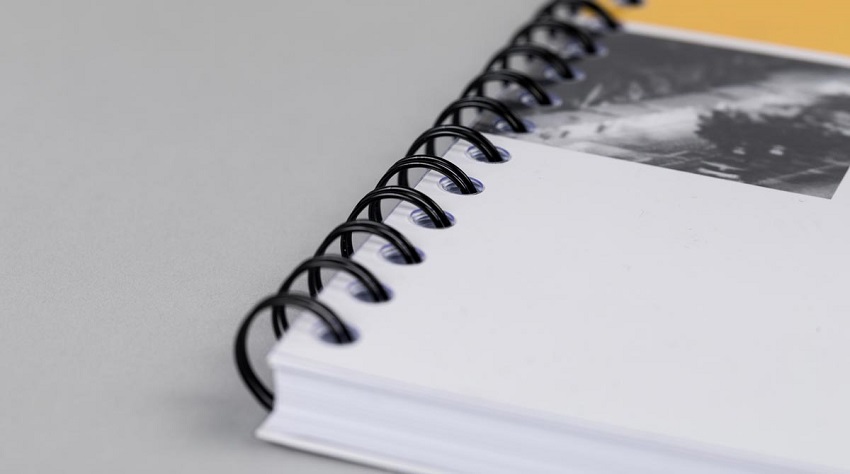Binding Documents For Future Reference
Digital files and storage are now the norms for some educational institutions or offices. However, the trusty shelves full of books (and dust) are still something you can occasionally see in both schools and offices. Reports and copies of transactions (in offices), research papers, and academic books (in school), are usually what’s stored on the shelves.
Effective storage of printed files is affected by how well the documents are bound together. With patchy binding work, the book will likely start to separate in just a few uses. Meanwhile, you can make a sturdy book that has been bounded properly and extra carefully so that their pages won’t fall off. If you’re planning to bind documents in your office, you should have a Binding 101 crash course and try to know something about the process of bookbinding printed materials.
Why Bind Your Documents?
Binding printed materials are not that different from the office or school. However, the storage of bound documents should be well maintained and well cleaned. Here are the reasons why organizing documents via binding are very important for the success of retrieval and storage.
1. Keeps your storage shelves organized
Having an organized shelve has a lot of benefits; one of them is aesthetics. When storing a document on shelves, one of the most common ways to keep things together is by keeping them in an envelope and storing it on bookshelves. This can result in crumpled, dusty envelopes and information that is hard to retrieve. In addition, very disorganized bookshelves are not pleasing to look at.
2. Easy document retrieval
Documents are usually harder to retrieve when the envelope method (and other methods) is used. If the shelve doesn’t have enough materials, the documents will fall out of places when touched. With binding, documents can be pulled outright for easier retrieval and then put back on the shelf. Labeling and sorting are even better with bound documents.
3. Protection from dust and insects
Although a lot of books can be seen collecting clouds of dust in the library, the contents are safe and readable. The hardbound covers are protecting the book’s content from getting dust and from insects. It is still possible to have termites biting into your books, but that wouldn’t happen if you check your books regularly.
4. For the longevity and ease of usage
Documents that are bound into books, if bound in the right way, can last up to decades or even centuries after a lot of usage. Centuries-old books were able to be preserved because of their sturdiness. In addition, reading a document in a book then scanning separated documents will reduce all the hassle.
Types Of Binding
There are a lot of ways to bind sheets together. But one of the most popular technique in binding is the perfect binding, in which the pages are glued together with the cover keeping the files together. This technique is used for paperbacks, magazines, and telephone guides. Another one is the spiral binding, in which the binding was done by threading a metal or plastic coil to the holes of the sheets. Side-stitching or driving staples in the side of the paper is common for bounding reports. Binding documents have more techniques and different processes that are perfect for specific types of documents.
The Binding Process
1. Cutting and trimming
The stack of paper is cut and trimmed several times, depending on how inconsistent the size of papers are when stacked together. This step is also done if the binding machine cannot process the size of the paper. Guillotine cutters are usually used for that perfectly equal cut.
2. Folding
When there are a lot of big sheets, folding is necessary to make these pages conform with other pages’ size. The page can be folded once or multiple times with different angles, depending on the need. For heavy stacks of paper, a knife folder is used while buckle folders are for light paper types.
3. Collating and binding
Before going through the binding process, the papers are checked for the correct sequence. After the sequence is confirmed, the binding will proceed. Putting glue to the spine will be the first step if the binding process used is perfect binding while cutting holes will be the next when the spiral binding is used.
Take care of your many documents the right way—with binding. You want these documents to last a long, long time.

